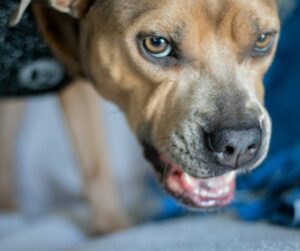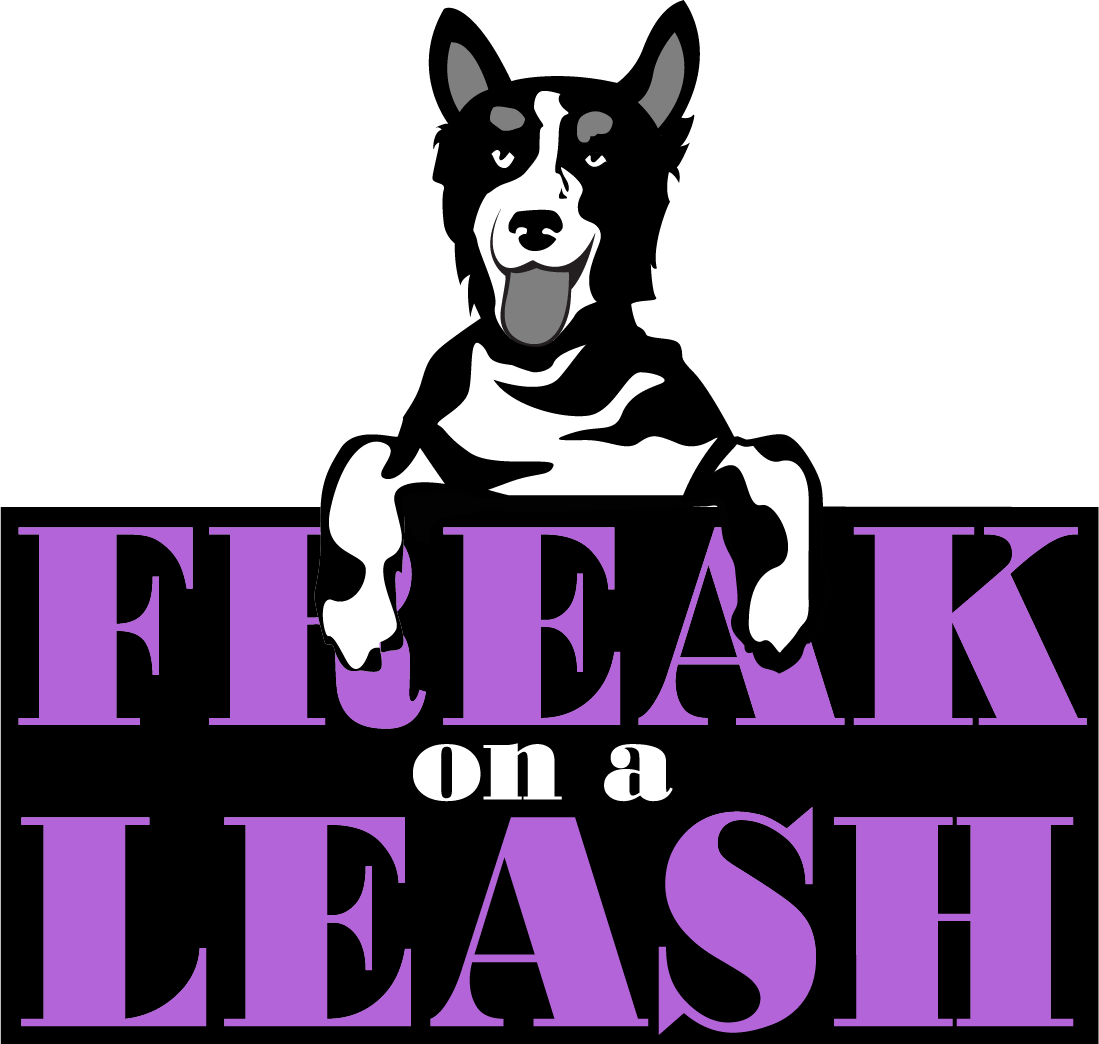Resource Guarding in Dogs: Causes and Solutions
Resource guarding in dogs is a common issue that many owners face. It can manifest as growling, barking, biting, or other aggressive behaviors when a dog perceives that their possessions or territory are threatened. Understanding this behavior and its underlying causes is the first step to effectively manage and prevent it from escalating. In this blog post, we will delve into the definition of resource guarding, signs to look out for, and the biological, psychological, and environmental factors that contribute to it. We will also discuss mistakes to avoid when dealing with resource guarding and provide effective strategies for managing it. Whether you are a new or experienced dog owner, this post will equip you with the knowledge to help your furry friend overcome this behavior and live a happy life.
Understanding Resource Guarding in Dogs
Resource guarding is a typical dog behavior stemming from survival instincts. Dogs might guard their food, toys, territory, or even attention from a human. This behavior can manifest in puppies, adult dogs, and rescues. Understanding resource guarding is essential for pet owners to address it effectively. Professional help, positive reinforcement training, and desensitization are effective solutions to address a dog’s resource guarding.
Defining Resource Guarding
Resource guarding, commonly seen in dogs, involves the protection of items perceived as valuable by the dog. This behavior is rooted in the dog’s emotional response to feeling discomfort or threatened. Recognizing subtle signs of resource guarding, whether food items, favorite toys, or their human’s attention is vital to providing appropriate training and addressing the behavior effectively. By recognizing the triggers and using positive reinforcement training, dog owners can manage and modify their dog’s resource guarding tendencies without resorting to punishment. Identifying the underlying causes and implementing a treatment plan that includes professional help and desensitization can help in effectively managing and changing resource guarding behavior.
Identifying Triggers of Resource Guarding
Understanding the triggers of resource guarding in dogs is crucial for preventing aggressive behavior and ensuring a harmonious environment. Various factors, including environmental influences, breed predispositions, and prior experiences, can significantly impact a dog’s resource guarding behavior. By recognizing possible triggers such as the presence of a food bowl, specific body language, or the introduction of a new puppy, dog owners can effectively manage and address potential issues proactively.
Identifying these triggers not only allows for the mitigation of resource guarding behavior but also presents an opportunity for positive reinforcement training. Addressing resource guarding triggers through positive reinforcement training coupled with a treatment plan tailored to the individual pet’s needs can be highly effective. This approach not only helps in managing the behavior but also promotes desired behavior while minimizing the risk of food aggression and promoting a healthy bond between the dog and their owners.
 Recognizing Signs of Resource Guarding
Recognizing Signs of Resource Guarding
Recognizing signs of resource guarding involves understanding the subtle cues that a dog displays, such as a hard stare, freezing, positioning their body between you and the resource, or moving a resource away from you or another animal. It’s essential for pet owners to be familiar with dog body language, enabling them to identify signs early and seek professional help promptly if needed. Doing so allows pet owners to prevent escalation to aggressive behavior through a treatment plan and positive reinforcement dog training, using tasty treats or kibble to encourage good behavior.
Behavioral Indications
Aggressive behavior in dogs may result from resource guarding, including possessive aggression towards food or favorite toys. When addressing resource guarding in dogs, there are usually predictable behavioral indications, beginning with subtle signs to more extreme behaviors. Dogs may display aggressive behaviors such as growling or snapping, along with signs of discomfort or guarding behavior. Identifying early signs of aggression, particularly aggression over food, enables pet owners to address issues quickly and seek professional help if necessary. It’s essential to seek professional help when dealing with behavioral issues like possessive aggression, as a professional trainer, veterinarian or veterinary behaviorist can provide guidance tailored to the dog’s specific needs. Recognizing behavioral signs of guarding and learning to interpret a dog’s body language plays a key role in recognizing these behavioral indications and addressing them promptly. By understanding and addressing different signs of resource guarding, pet owners can also learn to interact proactively with positive reinforcement training to create a safe and comfortable environment for their dogs.
Unveiling Causes of Resource Guarding
Biological and psychological factors, combined with environmental influences, contribute to a dog’s resource guarding. Understanding these causes, including breed predisposition, are important components of addressing and managing this behavior. Recognizing a breed’s tendency to guard resources can help pet owners to effectively address their dog’s behavior using positive reinforcement training and a treatment plan. By understanding the biological and psychological factors behind resource guarding, dog owners can more comprehensively plan and implement a treatment strategy.
Biological and Psychological Factors
Biological and psychological aspects, including breed, status, and emotional response, play a significant role in resource guarding behavior. Understanding these factors is essential for pet owners to effectively address the behavior. Emotional responses and discomfort can also contribute to resource guarding and must be recognized to develop a treatment plan. Professional help, such as your veterinarian, may be necessary to address biological and psychological factors, or a professional trainer, especially when dealing with breed predispositions. Recognizing the impact of emotional responses and discomfort on resource guarding behavior is vital for developing a comprehensive treatment plan.
Environmental Influences
Understanding the impact of a dog’s prior experiences, litter, or the introduction of a new dog are also important factors on resource guarding behaviors. Managing any contributing environmental influences and utilizing strategies such as using a separate room or a leash can allow owners to plan and implement effective dog training. It’s important to address resource guarding’s environmental influences through positive reinforcement training and to identify signs of discomfort.
Mistakes to Avoid When Dealing with Resource Guarding
When addressing resource guarding in dogs, it’s crucial to avoid common mistakes that can worsen the behavior. Punishment, dominance-based training, or avoiding professional help can exacerbate resource guarding. Instead, pet owners should steer clear of confrontational training and understand the importance of desensitization in addressing resource guarding effectively. Dominance-based training in these cases can have long-lasting, harmful impacts on a person’s relationship with their dog, furthering the distrust and negative emotions that may be contributing to the dogs’s behavior in the first place. Conversely, positive reinforcement builds and fosters a healthy relationship between the dog and the humans they live with. By recognizing and avoiding these mistakes, dog owners can develop a well-rounded treatment plan for their pets, ultimately creating a safe and positive environment for their furry friends.
Punishing the Behavior
Punishing a dog’s resource guarding behavior can backfire, worsening the problem and triggering defensiveness and aggression. This approach can also strain the bond between you and your pet. Instead, opt for positive reinforcement training and desensitization techniques, rewarding good behavior around their resources with tasty treats. Working with a professional dog trainer or behaviorist can provide a tailored treatment plan for addressing resource guarding. By understanding a dog’s body language and avoiding punishment, dog owners can effectively manage food aggression without damaging the relationship with their pet.
 Ignoring the Warning Signs
Ignoring the Warning Signs
As we’ve already discussed, recognizing signs of dog’s resource guarding and understanding why the behavior occurs is essential for developing an effective treatment plan. Ignoring behavior like growling or stiff body language can lead to dangerous situations. Seeking help from a veterinarian or a certified dog behavior consultant is a helpful step if the dog displays food aggression. Using positive reinforcement training with tasty treats can encourage good behavior, and avoiding punishment is key. Observing the dog’s body language around their food, favorite toys, or favorite people is vital for managing resource guarding effectively.
Effective Strategies for Managing Resource Guarding
Understanding the causes of resource guarding, which may stem from fear, anxiety, or past experiences, is critical in addressing this behavior. Developing a positive and consistent training plan that emphasizes positive reinforcement and desensitization can help modify the dog’s behavior. It’s important to refrain from punishing or scolding the dog when it displays resource guarding behavior, as this can worsen the situation. Implementing management techniques like crate training and controlled feeding can prevent triggering situations.
Professional help can be a valuable solution for addressing resource guarding in dogs. An experienced dog trainer or behavior consultant can assess the situation and provide tailored advice to prevent the behavior from worsening or escalating into aggression. Choosing a reputable professional with expertise in handling resource guarding in a positive way is very important. Seeking guidance from a professional, such as a certified dog trainer or veterinarian, is advisable if the behavior persists or becomes aggressive.
 Is it possible to prevent or minimize resource guarding behavior through training and socialization?
Is it possible to prevent or minimize resource guarding behavior through training and socialization?
Preventing or minimizing resource guarding behavior in dogs is indeed possible through training and socialization. By teaching basic obedience commands and reinforcing positive behaviors, as well as exposing the dog to different people, animals, and environments in a structured way to reduce fear and anxiety, you can effectively address this issue. Seeking professional help from a certified dog trainer or behavior consultant can also provide valuable guidance.
Conclusion
If you are dealing with resource guarding behavior in your dog, it is important to approach the situation with understanding and patience. Resource guarding can stem from a variety of factors, including biological, psychological, and environmental influences. Punishing the behavior or ignoring warning signs will only exacerbate the problem. Instead, seek effective strategies for managing resource guarding, such as positive reinforcement training and creating a safe environment for your dog. Consider seeking professional help if needed. Our team of experienced certified trainers can provide the guidance and support you need. Get in touch with us today to learn more about how we can help you and your furry companion!

